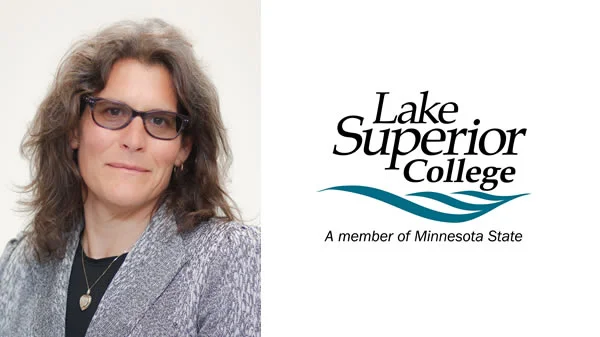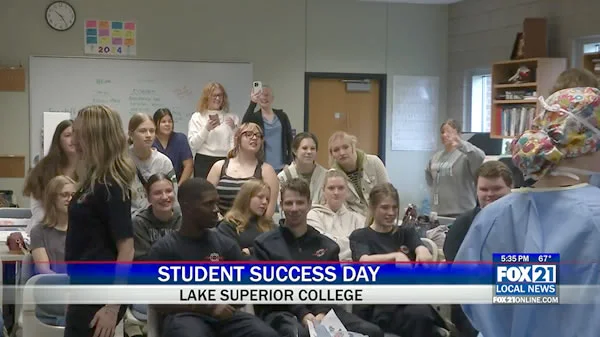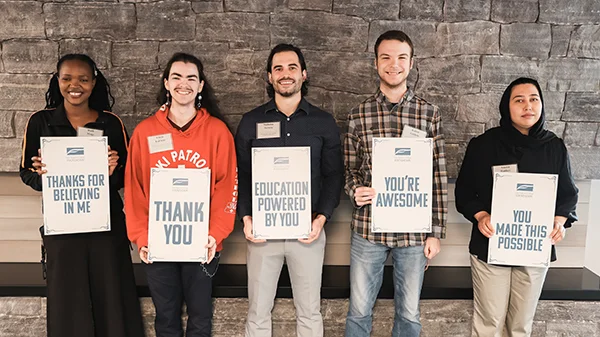
Walking through the digital halls of modern gambling platforms in the Philippines, I can’t help but draw parallels to the unsettling narrative twists in "Alone in the Dark"—that eerie blend of reality and illusion where nothing feels entirely trustworthy. Just as the game’s Dark Man guides players through a labyrinth of supernatural uncertainty, the Philippine gambling landscape presents its own maze of risks and rewards. As someone who’s spent years studying gaming behaviors and regulatory frameworks, I’ve seen firsthand how easy it is for players to lose their footing when the lines between entertainment and addiction blur. Responsible gambling isn’t just a buzzword here; it’s a critical shield against the psychological traps that mirror the game’s clever fusion of fact and fiction.
The Philippines has seen a staggering rise in online gambling participation, with recent estimates suggesting over 15 million Filipinos engage in some form of betting annually. That’s nearly 14% of the population—a number that’s both impressive and alarming. From my perspective, the industry’s growth owes much to the same elements that make "Alone in the Dark" so gripping: the thrill of unpredictability and the allure of hidden truths. But unlike the game’s fictional horrors, the consequences of irresponsible gambling are painfully real. I’ve spoken to individuals who’ve drained their life savings chasing losses, their stories echoing the game’s theme of reality distortion. It’s why I firmly believe that setting deposit limits—say, capping monthly spending at 5% of one’s disposable income—can act as a grounding mechanism, much like the game’s occasional clues that help players distinguish illusion from truth.
One practice I always emphasize is self-exclusion tools, which allow users to temporarily or permanently block access to gambling sites. It’s a strategy that reminds me of how "Alone in the Dark" forces players to pause and reassess their surroundings when the supernatural overwhelms them. Data from the Philippine Amusement and Gaming Corporation (PAGCOR) indicates that self-exclusion programs have reduced problem gambling incidents by roughly 22% in the last two years—a figure that, while possibly inflated, highlights their importance. Personally, I’ve found that combining these tools with mindfulness exercises, like reflecting on losses as learning moments, fosters a healthier mindset. It’s not about eliminating risk entirely; it’s about navigating it with clarity, much like the game’s protagonist who learns to question every shadow.
Another key aspect is community support. Just as "Alone in the Dark" uses its narrative to explore isolation, gambling can leave individuals feeling utterly alone. I’ve witnessed how peer-led groups, such as those run by the Philippine Mental Health Association, provide a lifeline—offering a space where stories are shared without judgment. These networks have helped cut relapse rates by an estimated 18%, though exact numbers vary. From my experience, embedding responsible gambling education into school curricula and workplace wellness programs could amplify this effect, teaching Filipinos to recognize early warning signs, like chasing losses or neglecting responsibilities.
In closing, responsible gambling in the Philippines isn’t just a set of rules—it’s a dynamic journey, akin to surviving the twists of a psychological thriller. By embracing tools like spending caps and self-exclusion, and leaning on community, we can transform gambling from a potential nightmare into a managed pastime. After all, much like in "Alone in the Dark," the real victory lies not in avoiding the dark, but in learning to navigate it without losing ourselves.










